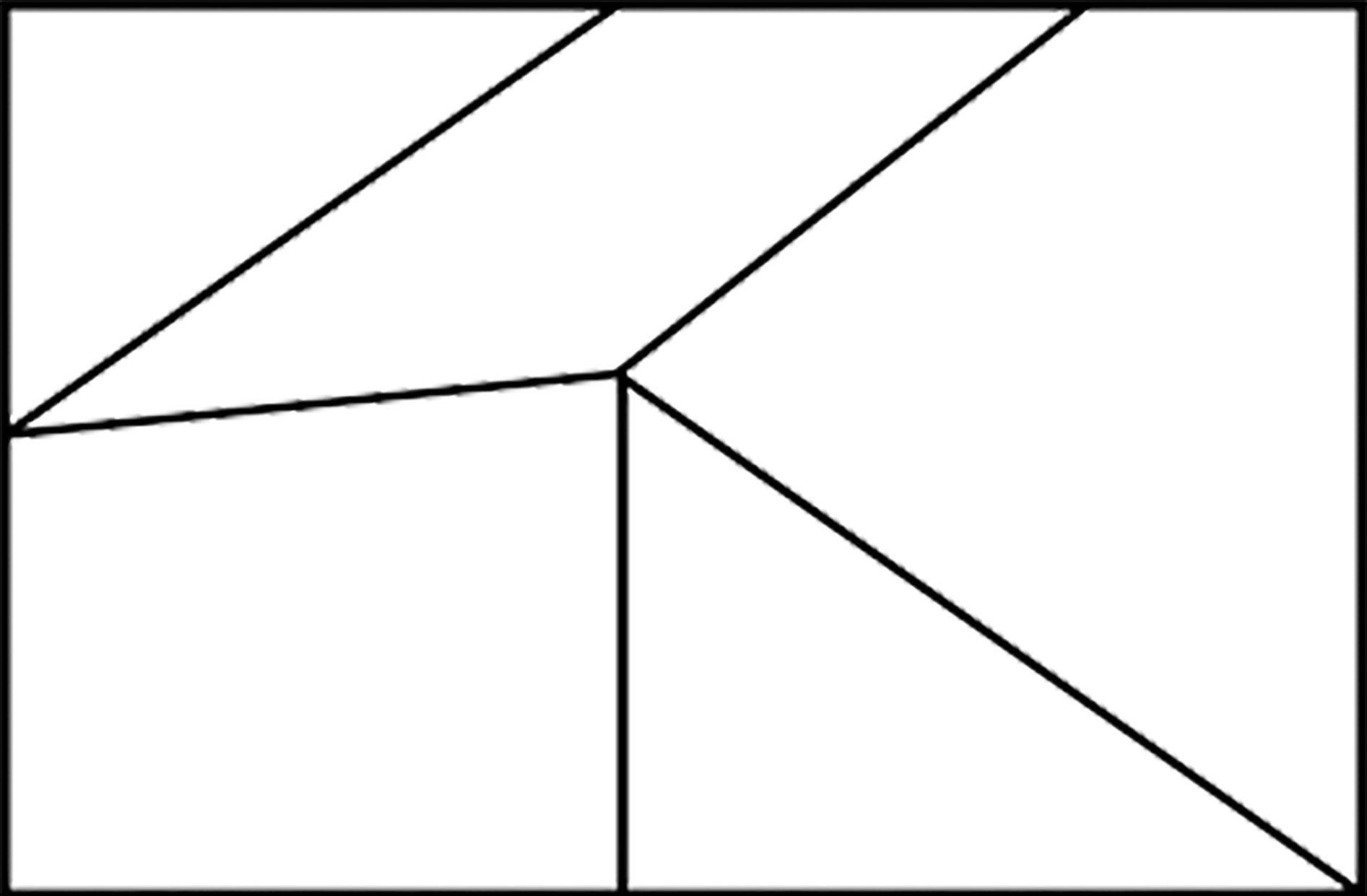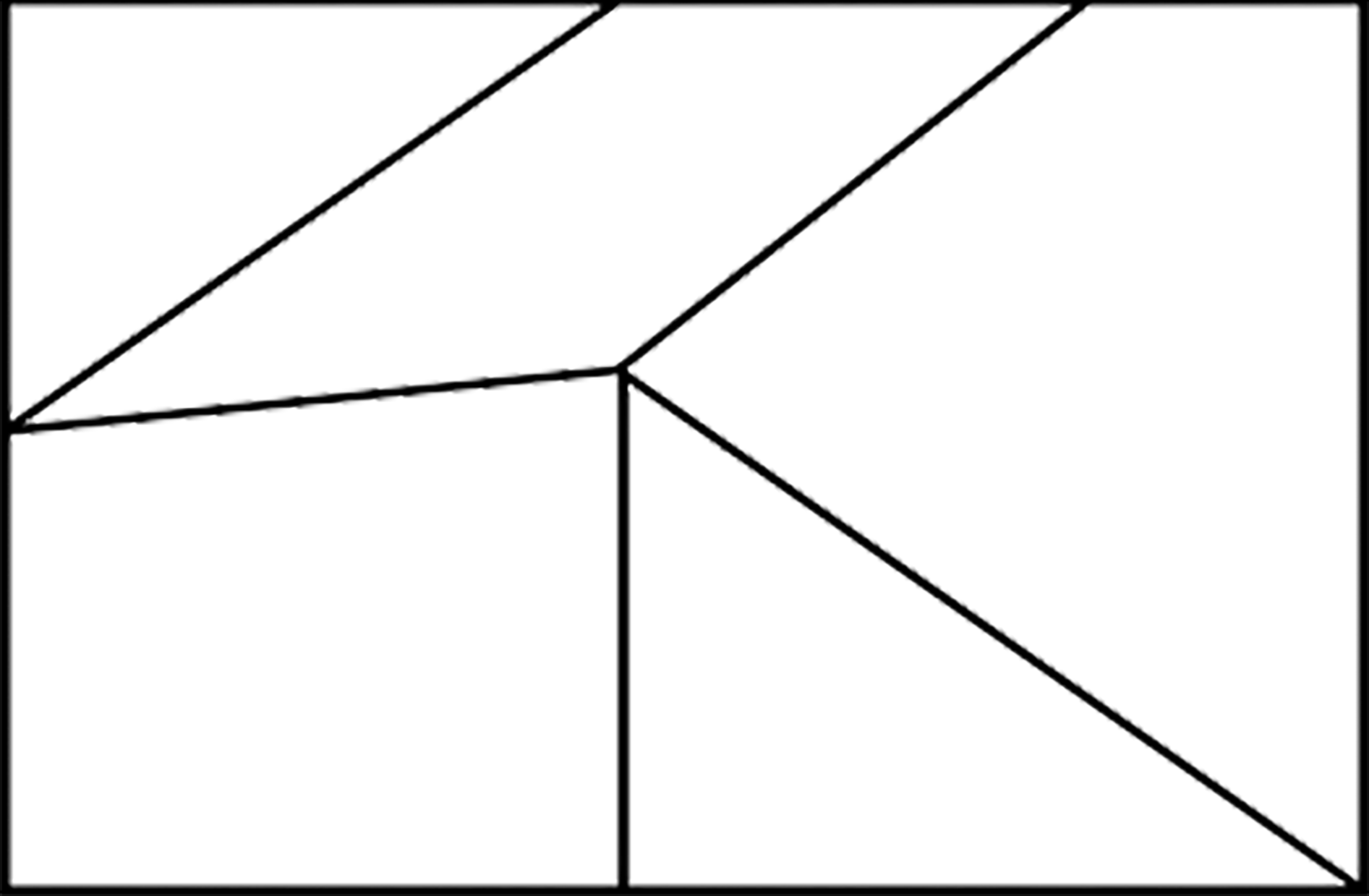Target Workplace Foundation Skills
Taking Responsibility
Problem-solving
Communication
Team Work
Purpose
This is to use in the lesson
This lesson is designed to help students solve problems by relying on other team members. Some of the team members will be purposely disadvantaged to create a need to support one another.
Review
This is to use in the lesson
Using the list of qualities of teamwork (Worksheet 9.3), have students identify instances of communication that took place in the bean-can activity. Ask them how important communication was to accomplish their task without spilling the beans. Tell them that this lesson will be another activity that deals with communication skills.
Learning Outcomes
This is to use in the lesson
Students will provide an example of:
- How working together is sometimes more effective than trying to complete a task individually
- (e.g., two people jointly lifting hay onto a truck vs. two people struggling individually to accomplish the same tasks independently).
- How supporting the weakest members of a team improves the overall performance of the entire team.
Required Materials
This is to use in the lesson
- White board or flip chart
- Work manner activity (cut with scissors and “draw straws” to determine role) (Handout 10.1)
- Five square instructions and template (make enough copies for each student) (Handout 10.2)
- Envelopes (each team should have five envelopes containing different pieces)
Activity 10.1: Many Hands Make Light Work (40 minutes)
This is to use in the lesson
- Introduce the activity by asking students if they have ever experienced situations where working together as a team accomplished more than working separately. List some examples on the board or flip chart. For example...
- A carwash where each person is in charge of a portion of the vehicle vs. each person washing all of one vehicle.
- Working on an assembly line where each person specializes in one task to produce more products vs. one person doing it all.
- In a restaurant, having specific roles for each worker vs. everyone doing everything individually.
- Introduce the activity as one that will provide students with an opportunity to value the potential of the group.
- Divide the group into teams of five. Have each team sit around a table. Extra class members can serve as team observers who should observe the dynamics of the activity and be prepared to discuss their observations.
- Have each team member draw for a specific work manner (use the work manner list) (Activity 10.1):
- Two team members who can use their hands and talk
- Two team members who can use their hands but may not talk
- One team member who cannot use their hands but may talk
- Distribute envelopes and give the following directions:
- Each envelope contains five pieces; some may be the same shape.
- The object of the activity is for the group to make five equal rectangles from the contents of all envelopes.
- Each team member must contribute in the manner they selected (i.e., not use their hands but may talk; use hands and talk; use hands but may not talk).
- If a team member fails to act in the manner that they have drawn, their team must start over by putting all the pieces in the middle of the table and mixing them up.
- A simple version of this activity would be not to have any drawn work manners and not allow talking.
Handout 10.1
This is to use in the lesson
(Cut strips with scissors)
CAN USE HANDS AND TALK
CAN USE HANDS AND TALK
CAN USE HANDS BUT MAY NOT TALK
CAN USE HANDS BUT MAY NOT TALK
MAY NOT USE HANDS BUT MAY TALK
Instructions for Making Rectangles and Envelopes for Activity (10.2)
- Using the two rectangles on the Activity 10.2 sheet, copy enough rectangles so that each student has one.
- For each team of five students,
- combine the 25 pieces from five rectangles held by each team member
- place different combinations of pieces in each of the five envelopes (some may be the same)
- make sure that no two envelopes contain the same five shapes
Handout 10.2
This is to use in the lesson


Check for Understanding
This is to use in the lesson
Ask students the following:
- How was teamwork demonstrated with your team? Describe.
- How did your team solve the problem of assembling five equal rectangles?
- Describe a work situation where coworkers work together to solve a problem. What are the key teamwork skills needed to accomplish the work task?
- Did anyone have to use the stress relief cycle? If so, what particular strategies were useful?
Knowledge Check 10
This is for you
